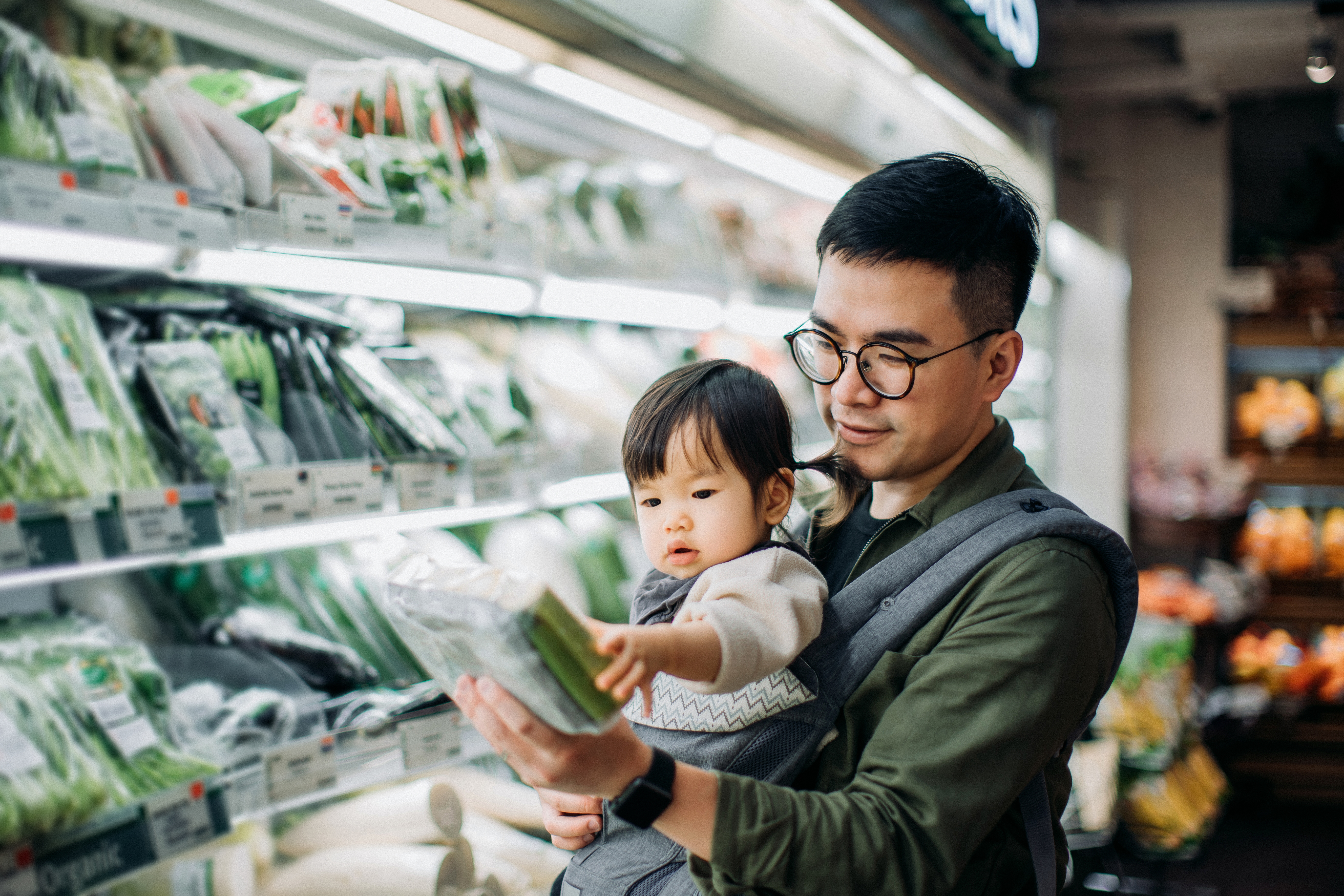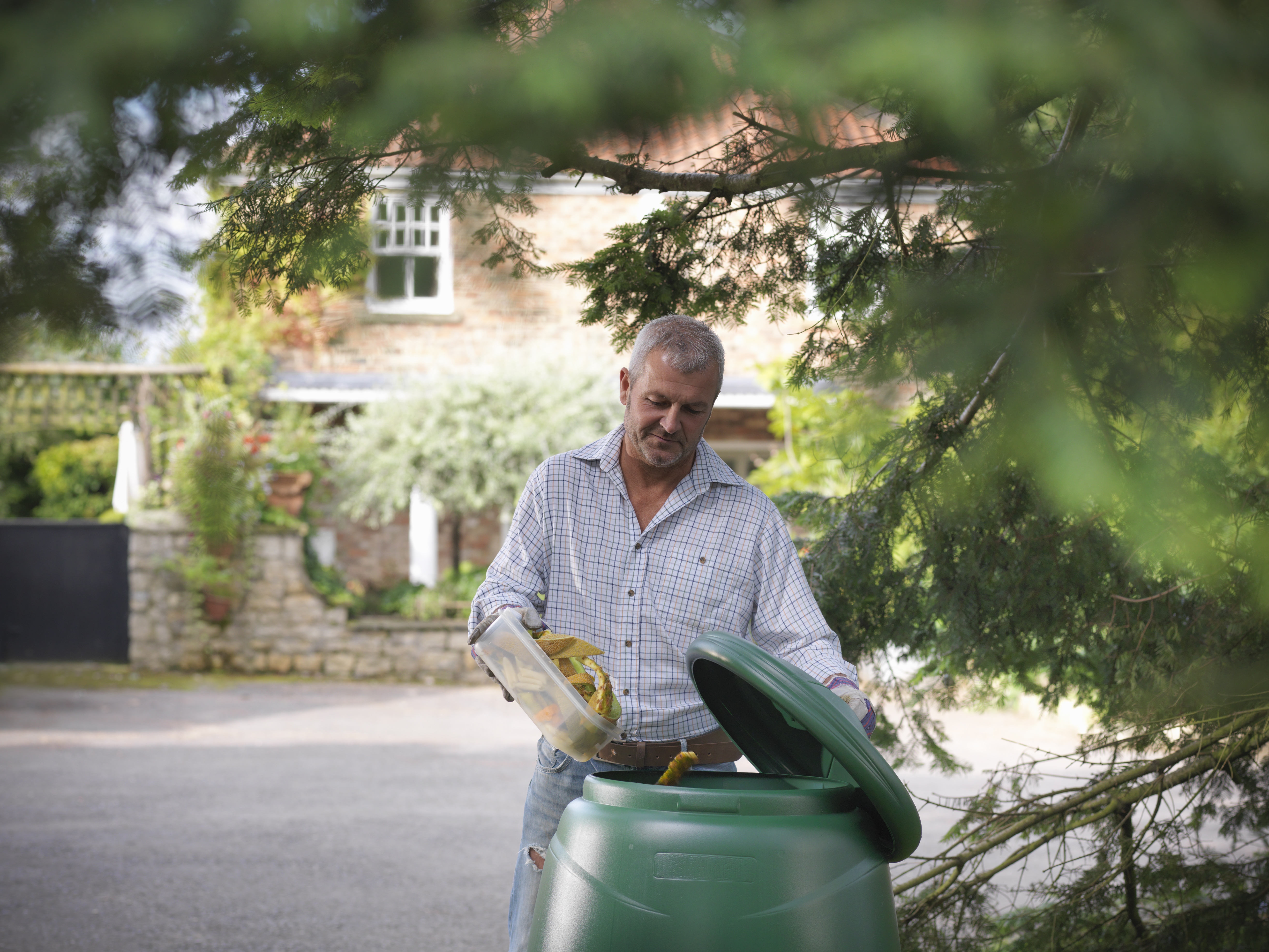



Head of Sustainability & EU Affairs
As an industry, we are beginning to understand that the sourcing of sustainable materials and traceability go hand in hand. Without traceability, you cannot truly advance sustainability, and in turn, create a more circular economy. Take food as an example. You can walk into any supermarket and buy a product labelled to show it has been produced ethically and sustainably. If you really wanted, you could even call the manufacturer. This is highly beneficial to both producer and consumer, with the producer able to prove their sustainable credentials to those consumers seeking sustainable products.
The standard that enables this is called a chain of custody, which is important in advancing sustainability in the value chain. It works by providing the means to track the share of bio-based or chemically recycled feedstock that enters the final product, ensuring that the information linked to the materials or products is transferred, monitored and controlled throughout the supply chain. Bio-based feedstocks are generally derived from sugar cane production, and in Borealis’ case, are mostly derived from waste in vegetable oil production.
There are several chain of custody models being used today. The one described in my example is segregation and is a very strict way of tracing products. However, although ideal, segregation isn’t always possible. For example, say a manufacturer produces a percentage of their product sustainably; because it’s a percentage and not the total amount, they can’t segregate for traceability. This is a business and marketing problem, as they are unable to prove their sustainable credentials to conscious consumers.
The solution lies in mass balance. This specific chain of custody model allows the manufacturer to trace what percentage of their product is sustainable. For example, a manufacturer could use mass balance to prove an entire part of their production is 100% sustainable, or state that perhaps 30% of their entire production is produced sustainably, with 70% through other methods. This is ideal when it isn’t economically or logistically possible for the manufacturer to segregate, instead allowing them to mass balance their product so they can still incorporate sustainable material.
By advancing the uptake of circular feedstock, and enabling more producers to prove their sustainable credentials, mass balance represents a big lever in advancing the transition to a circular economy and is therefore key to our industry’s future success.
Click to tweetWhen they are shown to be reliable, for example meeting industry standards or being certified by a third party, all chain of custody models (segregation, identity preserved, controlled blending and book and claim) contribute to sustainability. Mass balance is the particular model that the plastics and chemical industry sees as having the most potential in helping transition to a circular economy. We need to build trust in this model throughout the value-chain, including end consumers. Offering the most effective way of tracing circular feedstocks back to production, mass balance makes it possible to trace the environmental impact they have throughout the value chain.
Mass balance works by mixing renewable or recycled feedstock with virgin raw materials in the production process. This creates a final product that is a mixture of virgin and renewable or recycled content. The renewable or recycled feedstock is then attributed to selected products through mass balance. The attribution process is audited and will be standardised in the future.

By increasing the uptake of circular feedstock, and enabling more producers to prove their sustainable credentials, mass balance is an important tool in advancing the transition to a circular economy and is therefore key to our industry’s future success. And because there is a market for partially sustainable plastics made using circular feedstock, achieved through mass balance, we have a real opportunity to make meaningful progress towards increased sustainability.
Here at Borealis, we see mass balance as an effective way of increasing both the recycled and renewable content of our products, leading to a reduced climate and environmental footprint over their lifecycle. It’s also how we support the uptake of recycled plastic waste and renewable feedstock in new products, and is currently the only way to effectively meet the EU’s recycling and future recycled-content targets.
Before I explain how we could maximise the potential of mass balance, I want to touch on another chain of custody method – book and claim. As opposed to mass balance, where manufacturers dilute a product using circular feedstock, book and claim encourages the use of sustainable material by allowing manufacturers to transfer credits from sustainable sources. This model requires rigorous standards, certification schemes and sometimes, even a regulatory framework like we have in Europe for renewable electricity.

This brings me to the conclusion that we need to develop the chain of custody models, such as mass balance, so they become a global standard for the recycling industry. The existence of a common standard would increase stakeholder trust, leading to a greater uptake of circular practices within the industry. It would also be useful to have a unified standard for the scope (i.e. timeline and geographical area) and system boundaries, as well as rules by which the recycled content can be attributed to certain products. We also support certification that considers all aspects of sustainability – not only focusing on mass balance, but also on other sustainability criteria such as climate change and societal impacts.
Ultimately, mass balance is just the beginning. As of now it is ideal, and should be the first chain of custody model we develop to help accelerate the transition towards a more circular economy. But in the future, as sustainable practices become more commonplace and demand increases, we may focus on models like segregation or book and claim too. That’s because at Borealis, we are constantly evaluating the most effective ways of making our circular vision a reality.
Head of Sustainability & EU Affairs